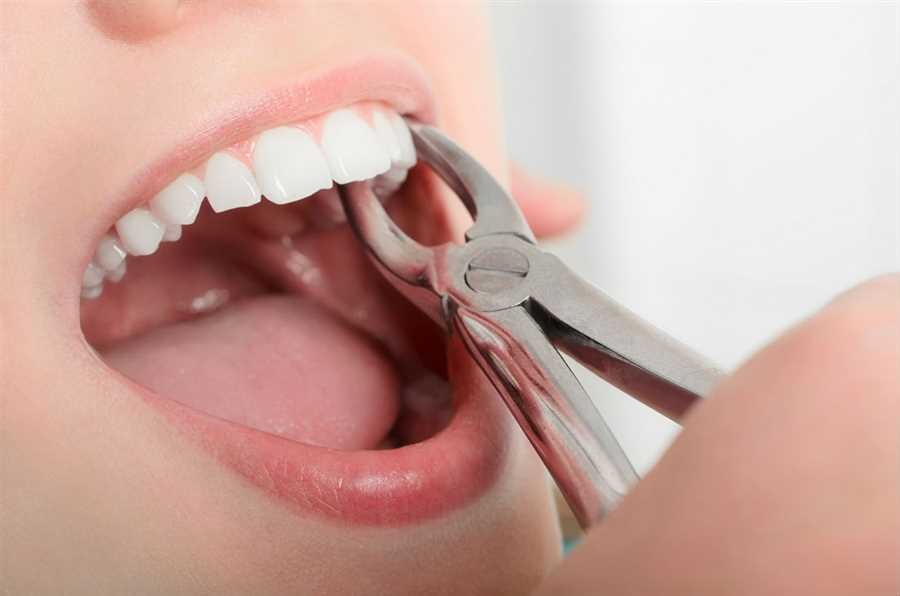
Dental emergencies are very painful, especially if they require an emergency tooth removal. It helps to understand when this procedure is necessary to avoid fear and go for treatment at the appropriate time.
When Is Emergency Tooth Extraction Required?
A situation where tooth extraction is often done is when the only possible way of solving the problem is by removing the tooth. The rest of the story is done this way to avoid other oral problems. There could be some unique circumstances like this one.
- Irreparable Tooth Decay: Chronic tooth decay can be devastating to the teeth and sometimes, the destruction may be so severe that it may be impossible to restore the teeth through any other means other than extraction.
- Impacted Wisdom Teeth: If your wisdom teeth are coming in causing you pain and/or your teeth are misaligned, the wisdom teeth may need to be removed. When wisdom teeth grow in the wrong direction, it can be painful and can also misalign other teeth.
- Infected Pulp: If the pulp is infected, a root canal is not possible and the infection reaches the tooth, then extraction may be needed.
- Dental Trauma: Accidents causing significant tooth damage might lead to the need for extraction.
- Bone Erosion: Loss of bone support around a tooth can result in instability, leading to extraction.
- Fractured Tooth or Root: Significant fractures can compromise a tooth’s integrity, making removal necessary.
- Delayed Loss of Baby Teeth: Retained baby teeth can obstruct the eruption of permanent teeth, requiring extraction.
- Orthodontic Treatment: Sometimes, removing certain teeth is necessary to create space for proper alignment during orthodontic procedures.
The Emergency for Tooth Extraction Procedure
To understand the work can alleviate the fear of tooth extraction in Hamilton. Most commonly, the procedures are:
- Anesthesia: Local anesthesia is administered to numb the extraction site. General anesthesia may be used in certain situations to ensure patient comfort.
- Loosening the Tooth: The dentist gently loosens the tooth from its socket using specialized instruments.
- Removal: Once loosened, the tooth is carefully extracted.
- Post-Extraction Care: A gauze pad is placed over the extraction site to control bleeding, and self-dissolving stitches may be used to close the gum tissue.
Preparation for the Procedure
To make the process of extraction smooth, preparation is extremely important. The patient is required to carefully read the following instructions before the process takes place.
Provide Medical History: Inform the dentist about any medical conditions, allergies, or medications being taken.
- Avoid Smoking: Refrain from smoking before and after the procedure to promote healing.
- Arrange Transportation: If sedation is involved, ensure a responsible adult is available to provide transportation.
- Report Illnesses: Notify the dentist of any recent illnesses, such as flu or nausea, as these may necessitate rescheduling.
Duration of the Procedure
The time required for emergency dentistry in Hamilton varies based on factors like the tooth’s condition and location. Generally:
- Simple Extractions: These can take at least 20 to 40 minutes.
- Wisdom Teeth Removals: Extracting impacted wisdom teeth may require 45 minutes to 2 hours, considering anesthesia and postoperative care.
Post-Extraction Care and Recovery
Healing and avoiding problems depend on proper treatment. Some suggestions are as follows:
- Bleeding Control: Bite down on a gauze pad for 30 minutes post-extraction. If bleeding persists, consult your dentist.
- Oral Hygiene: Gently rinse with warm salt water 24 hours after the procedure to keep the area clean.
- Diet: Consume soft, cool foods like yogurt and ice cream for the first few days.
- Activity: Avoid strenuous activities to facilitate recovery.
- Avoid Smoking: Refrain from smoking for at least 72 hours post-extraction.
- Prevent Dry Socket: Avoid using straws, spitting, or rinsing vigorously to prevent dislodging the blood clot.
Potential Complications
While complications are rare, it’s essential to be aware of signs that require immediate attention:
- Severe Pain: Intense discomfort that doesn’t subside with prescribed pain relievers.
- Prolonged Bleeding or Swelling: If these persist beyond the expected recovery period.
- High Fever: An elevated temperature may indicate an infection.
- Dry Socket: This occurs when the blood clot dislodges, exposing the bone and nerves, leading to severe pain.
In case any of these symptoms occur, it is recommended to see your dentist for an examination and possible therapy.
Trust Westcliffe Dental for Your Emergency Dental Needs
A dental emergency can be quite overwhelming, especially when you know that there is a reliable dental team that is ready to help you at any time. At Westcliffe Dental, we understand the urgency and stress that come with such situations and are here to help. Our dentist in Hamilton is dedicated to offering you gentle, understanding, and timely care to help you get back on track with your oral health as soon as possible.
If you want dental emergencies not to affect your life, then you should contact Westcliffe Dental to get the help that you need and to be worry-free.
